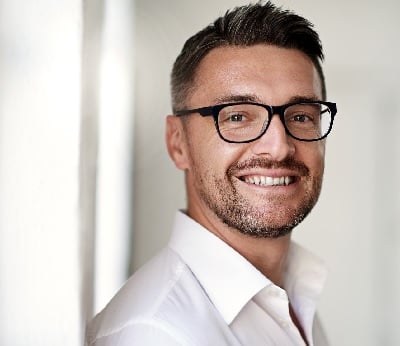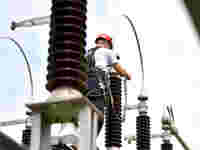Orchestrating Distributed Energy Generation

Who is actually waving the baton when it comes to conducting the “orchestra” of renewable energies? Politicians like to see themselves as the “conductors” of climate change. But the music is playing somewhere else: in the distribution networks. And they will soon buckle under the strain of increasingly distributed, highly volatile feed-ins. In this scenario, it’s up to the distribution network operators themselves to direct the energy transition. How is that possible in a technically efficient and economical way? You’ll find out in this article.
According to the German Federal Network Agency, grid stabilization measures cost a record 1.4 billion euros in 2017. However, grid stability is still at risk, due to increasing e-mobility, for example. Although technologies like battery storage systems, sector coupling and virtual power plants contribute to making solar, wind, and hydroelectric power useable, the network managers need data in order to navigate the networks. This is the only way for them to identify and exploit the condition and potential of their networks. Martin Breitenbach from NGN Netzgesellschaft Niederrhein puts it in a nutshell: “We first need to know more about our network in order to be able to make better decisions.”







